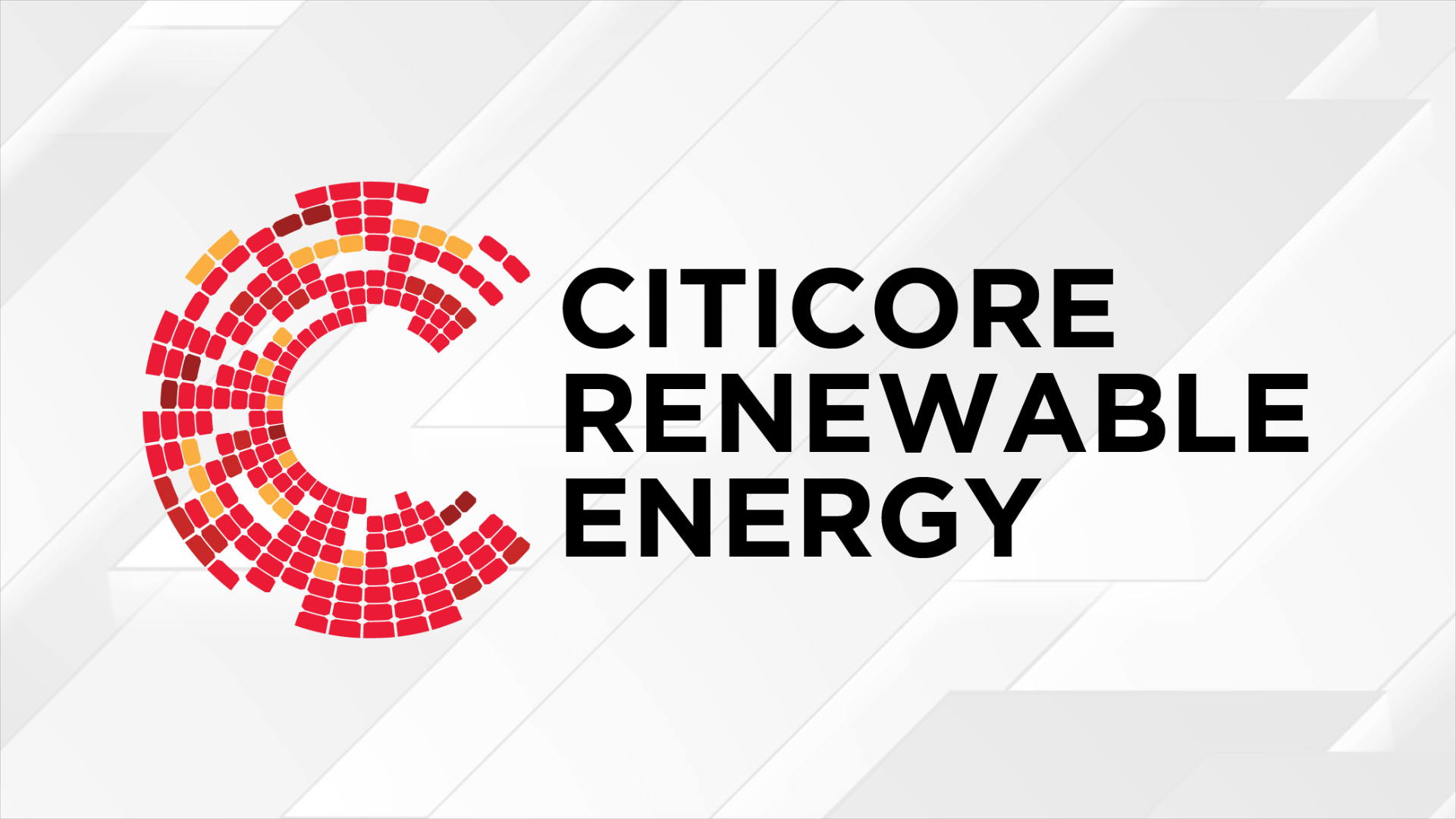A total of 13 clean energy projects of Saavedra-led Citicore Renewable Energy Corp. (CREC) is now recognized “of national significance,” a status that can help the group speed up permitting processes and deliver to the immediate needs of consumers.
In a statement on Monday, CREC said it received in August and this month Certificates of Energy Projects of National Significance (CEPNS) from the Department of Energy (DOE) for projects with a combined capacity of almost 800 megawatts (MW).
These projects are composed of 430 MWac (megawatt alternating current) of ground mount solar and 362 MWac of onshore wind developments it bagged from the DOE’s second round of green energy bidding last July 2023. The projects are located in the provinces of Pangasinan, Bataan, Pampanga, Batangas, Quezon, Camarines Sur, Iloilo and Negros Occidental.
With the CEPNS, the group was hopeful it would not have to deal with bureaucratic red tape as the projects identified would be prioritized in permit approval. The government is mandated to act on permit applications and requirements within 30 days; an application will automatically be approved within five working days after the 30-day period has lapsed without action.
“The DOE is making great strides in the transition to renewable energy through measures like the EVOSS Law and the issuance of CEPNS,” CREC president and chief executive Oliver Tan said. EVOSS, or energy virtual one-stop shop, is the government’s online platform for processing of permits for energy projects.
“The recognition of our 13 projects underscores the importance placed by the government in the swift completion of [renewable energy] projects, which are typically affected by challenges in securing permits and clearances,” he added.
The company currently has an installed capacity of 285 MW from 10 solar power facilities across the country.
CREC targets to expand its renewables portfolio to 5 gigawatts in five years.
This is also in line with the government’s plan to increase renewable energy’s share in the power generation mix to 35 percent by 2030. INQ
